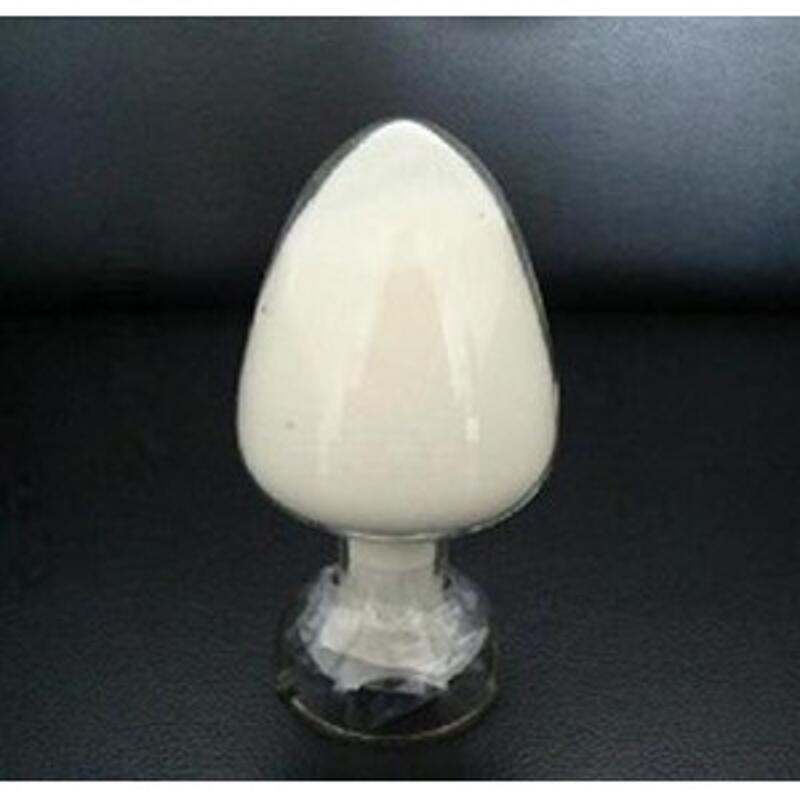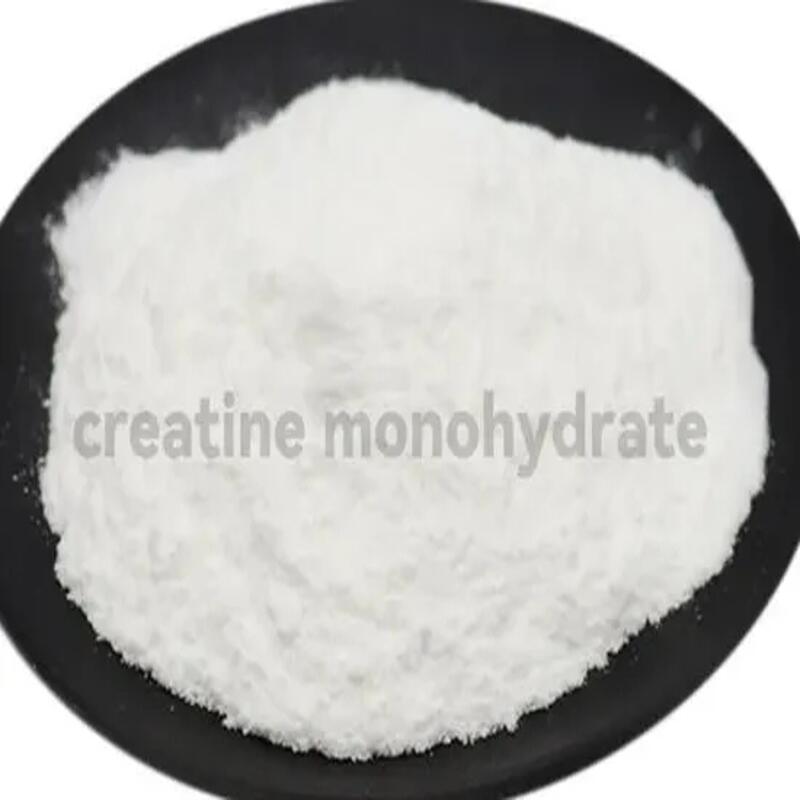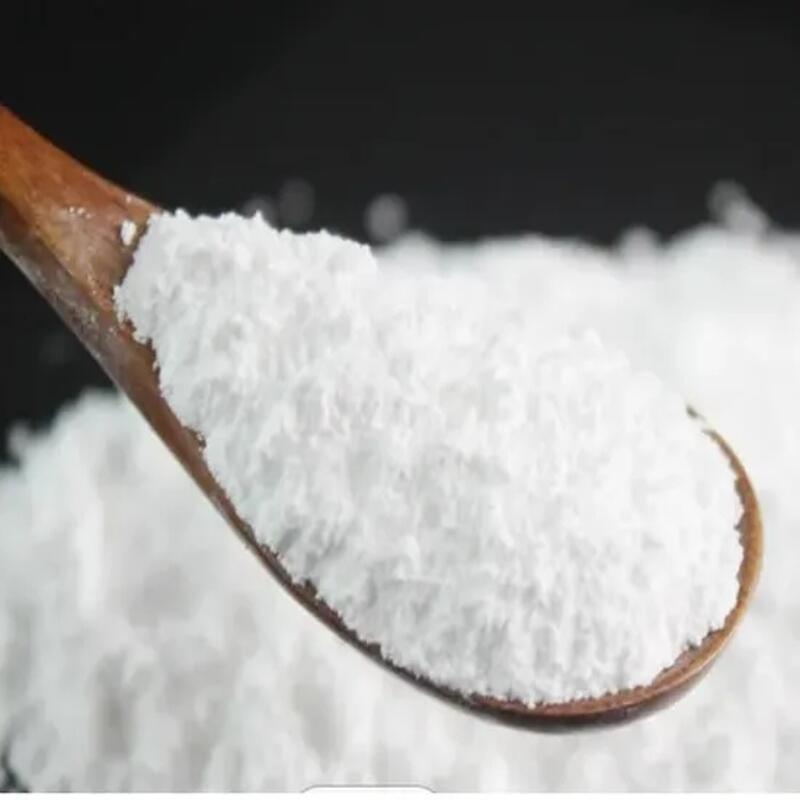-
Categories
-
Pharmaceutical Intermediates
-
Active Pharmaceutical Ingredients
-
Food Additives
- Industrial Coatings
- Agrochemicals
- Dyes and Pigments
- Surfactant
- Flavors and Fragrances
- Chemical Reagents
- Catalyst and Auxiliary
- Natural Products
- Inorganic Chemistry
-
Organic Chemistry
-
Biochemical Engineering
- Analytical Chemistry
-
Cosmetic Ingredient
- Water Treatment Chemical
-
Pharmaceutical Intermediates
Promotion
ECHEMI Mall
Wholesale
Weekly Price
Exhibition
News
-
Trade Service
TRI-TERT-BUTYL 1 4 7 10-TETRAAZACYCLONONANE (TBA) is an important reagent in the chemical industry, widely used as a primary building block for the synthesis of various organic compounds.
TBA is a tetraazacyclohexane derivative, which is a class of aromatic compounds made up of six carbon atoms arranged in a hexagonal ring, and four nitrogen atoms evenly distributed around the ring.
TBA is a highly versatile reagent that can undergo a variety of reactions, making it a valuable tool in organic synthesis.
One of the most common uses of TBA is in the production of dyes, pigments, and other colorants.
TBA can be transformed into a wide range of aromatic compounds through a variety of chemical reactions, including electrophilic substitution reactions, electrophilic addition reactions, and elimination reactions.
One of the most commonly used reactions to synthesize TBA is the Birch reduction, which involves the reduction of chloranilic acid to produce TBA.
The reaction is carried out in the presence of hydrogen gas and a metal catalyst, such as palladium on barium oxide.
The reduction reaction involves the transfer of electrons from the metal catalyst to the chloranilic acid molecule, reducing it to TBA.
Once TBA has been produced, it can undergo a variety of chemical reactions to produce different aromatic compounds.
One of the most common reactions is the diazo coupling reaction, which involves the coupling of two aromatic compounds through the transfer of a diazo group (-N2) between them.
The diazo coupling reaction can be carried out in the presence of a diazo compound, such as sodium nitrite, and a coupling reagent, such as hydrochloric acid.
Another common reaction that TBA can undergo is the electrophilic substitution reaction, which involves the substitution of one functional group in an aromatic compound with another functional group.
For example, TBA can be converted into a variety of different aromatic compounds through the substitution of its tetraazacyclohexyl group with other functional groups, such as chlorine, bromine, or methyl groups.
TBA can also undergo electrophilic addition reactions, such as the Sultz-Kraft reaction, in which an aromatic compound is added to TBA to produce a new aromatic compound.
The reaction is carried out in the presence of an acid catalyst, such as sulfuric acid, and a metal catalyst, such as ruthenium metal.
Overall, TBA is a versatile reagent that can be used in a variety of chemical reactions to produce a range of aromatic compounds.
Its widespread use in the production of dyes, pigments, and other colorants makes it an important building block in the chemical industry.







